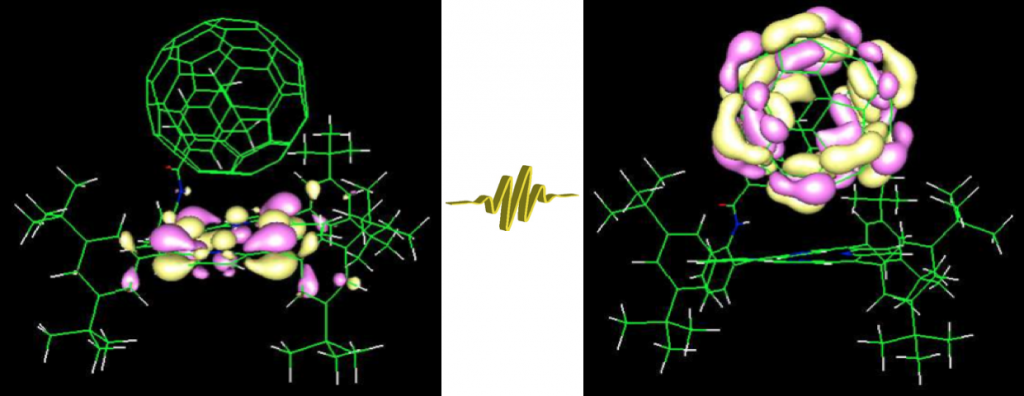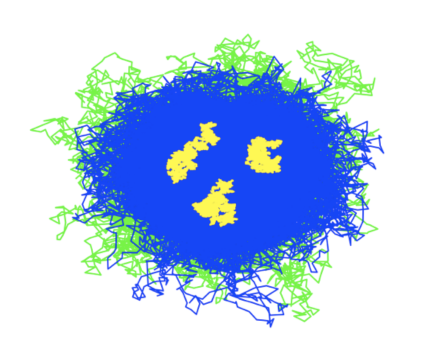
Light–matter interaction
We develop and use electronic structure calculation methods, the fundamental tools for understanding and utilizing the game of electrons and photons
Materials physics
Materials are the most important premise for engineering technology. Therefore, we develop and use electronic structure calculation methods and other modeling approaches for materials physics, the fundamental tools for understanding materials properties and development of better and new materials.
Our novel methods and approaches are based on the path integral formalism. It allows trivial but exact treatment of many-body effects and finite temperature.
Education and training is also an intrinsic part of our research.

Research interests
Light–matter interaction and quantum technology define the framework of our research interests. Photovoltaics, semiconductors and their interfaces, heterogeneous catalysis and quantum nanostructures are typical examples of the functional materials and related phenomena we work on.
The latest research targets are related to solar cells, atomic clusters, quantum dots and adsorbate–surface interaction. Qubit control and dynamics is under consideration.
We develop quantum simulation methods based on the Feynman path integral approach and its computational implementations. Fermion sign problem is one of the grand challenges we face with Quantum Monte Carlo methods. With our novel numerical real-time path integral approach we aim at relieving this problem in practical calculations and simulations of many-body systems.
The latest developments have directed to finite-temperature quantum mechanics, exact correlations, external fields and hyperpolarizabilities, and real-time path integral methods.
Selected publications
• Juha Tiihonen et al., Finite temperature and quantum delocalization effects on reliability of quantum-dot cellular automata — J. Phys. D 49, 065103 (2016) .
• Ilkka Ruokosenmäki et al., Numerical Path Integral Approach to Quantum Dynamics and Stationary States — Comm. in Comp. Phys. 18, 91 (2015).
• Hannu-Pekka Komsa et al., Finite-size supercell correction schemes for charged defect calculations — Physical Review B 86, 045112 (2012).
• Ilkka Kylänpää et al., First-principles simulation of molecular dissociation– recombination equilibrium — Journal of Chemical Physics 135, 104310 (2011).
• Mikael Kuisma et al., Kohn–Sham potential with discontinuity for band gap materials — Physical Review B 82, 115106 (2010).
